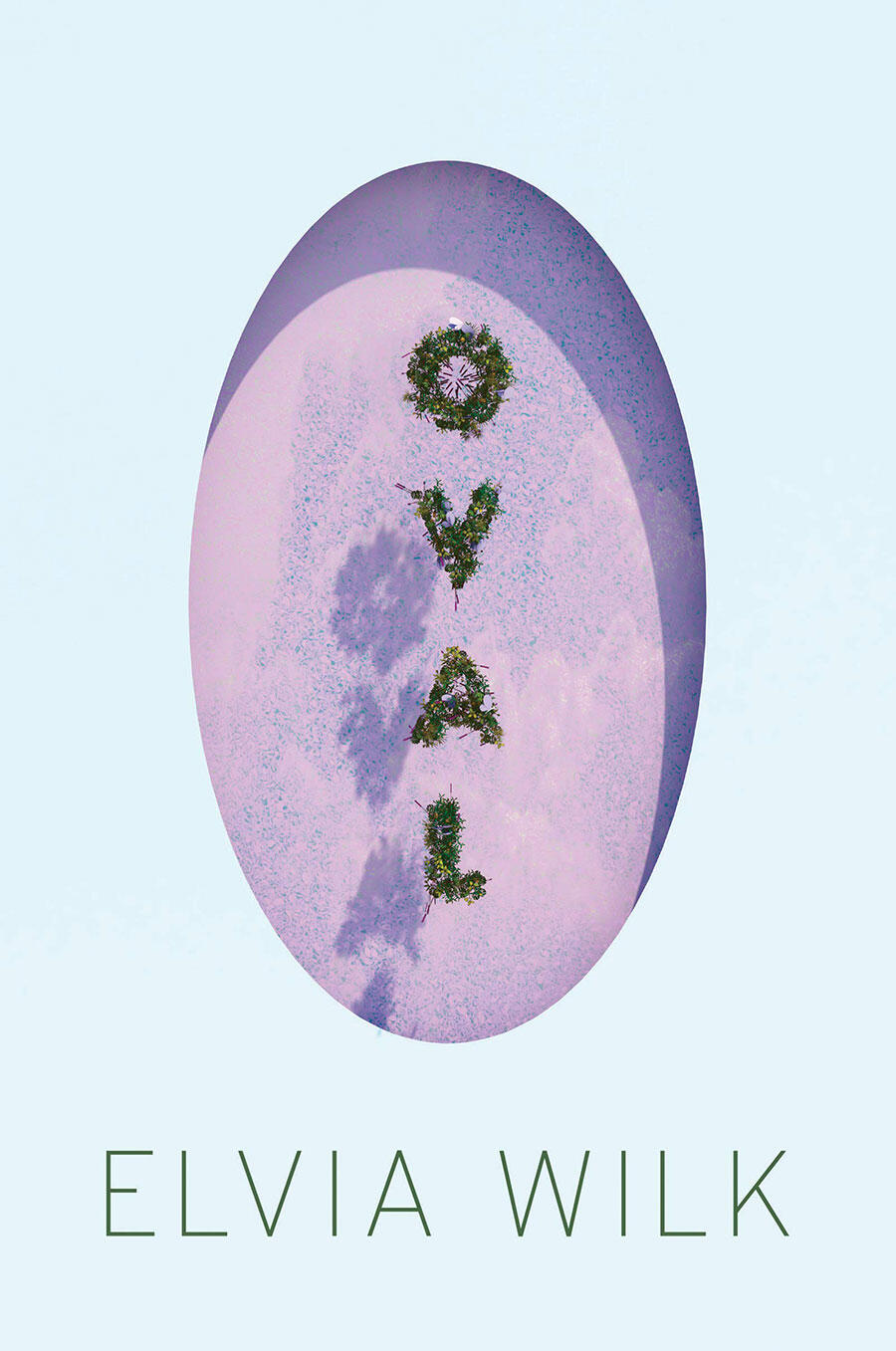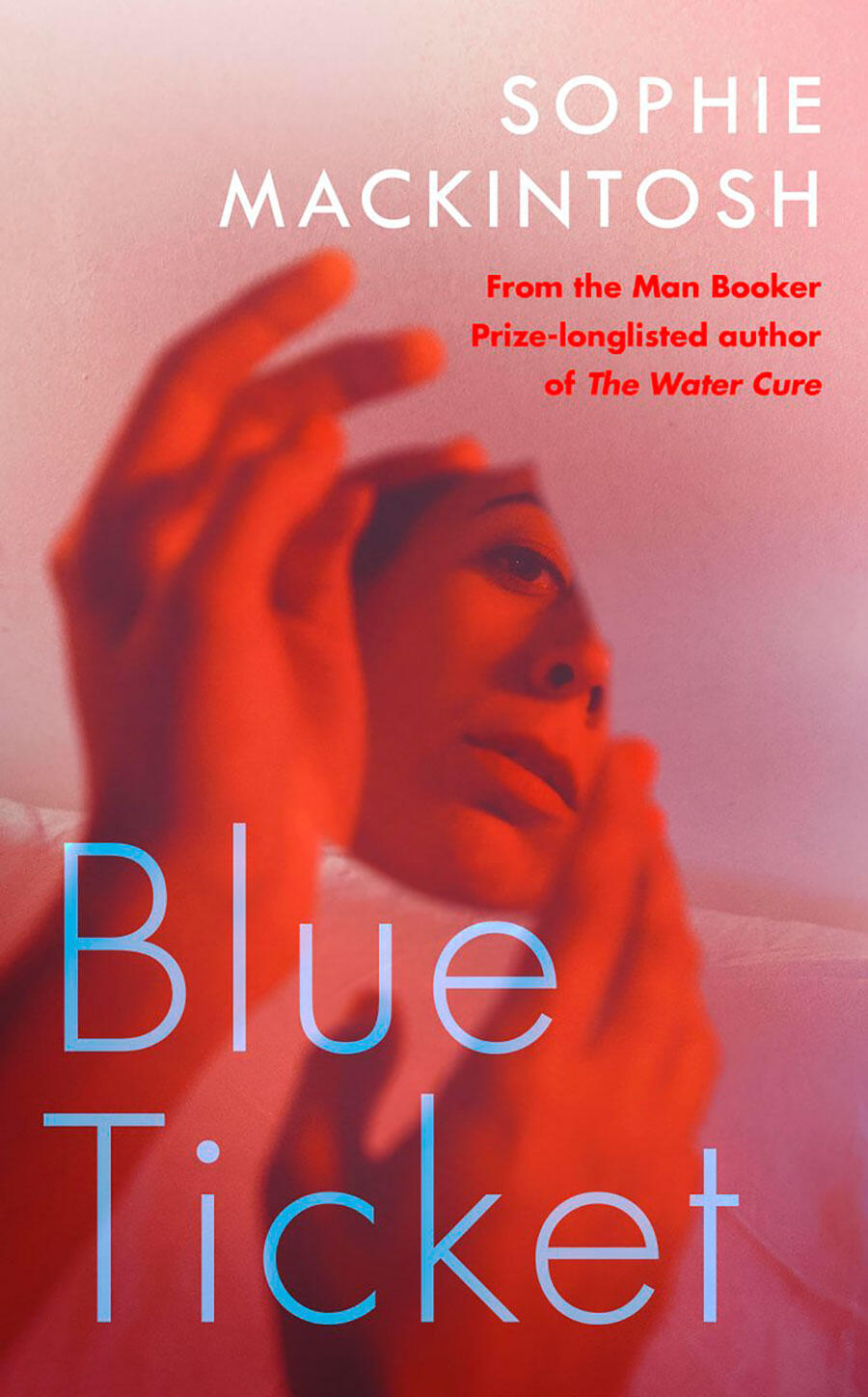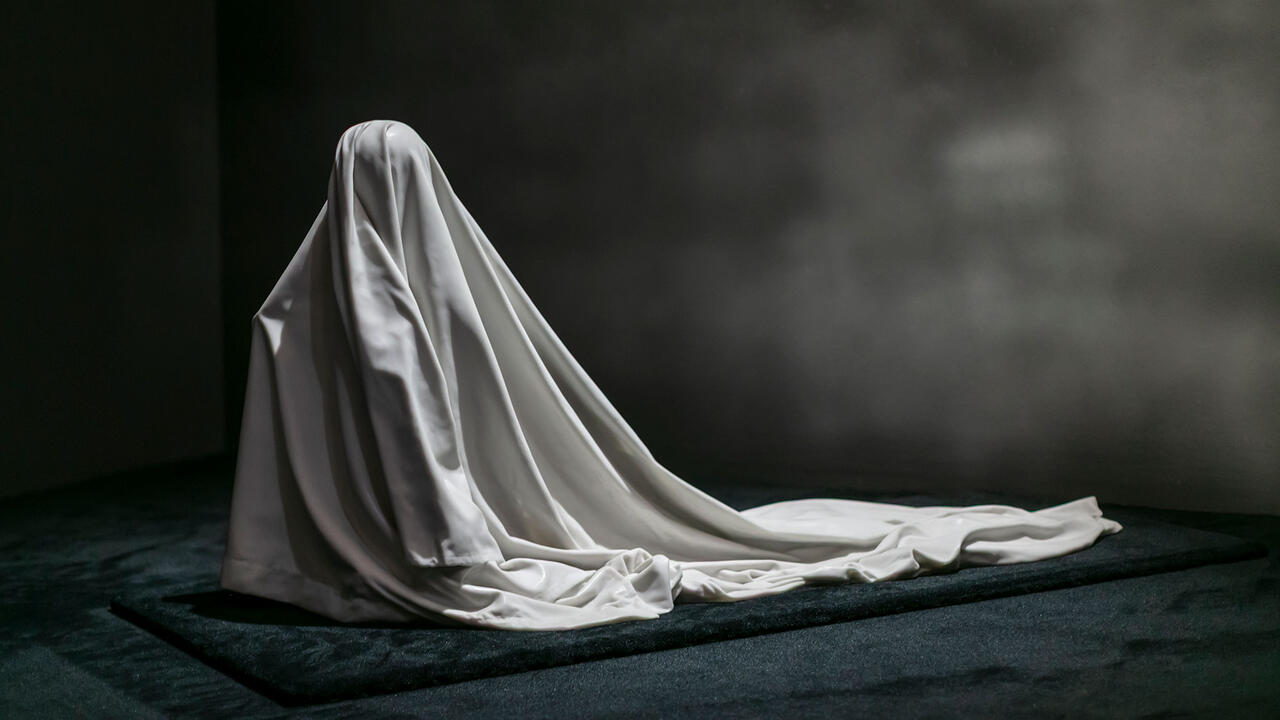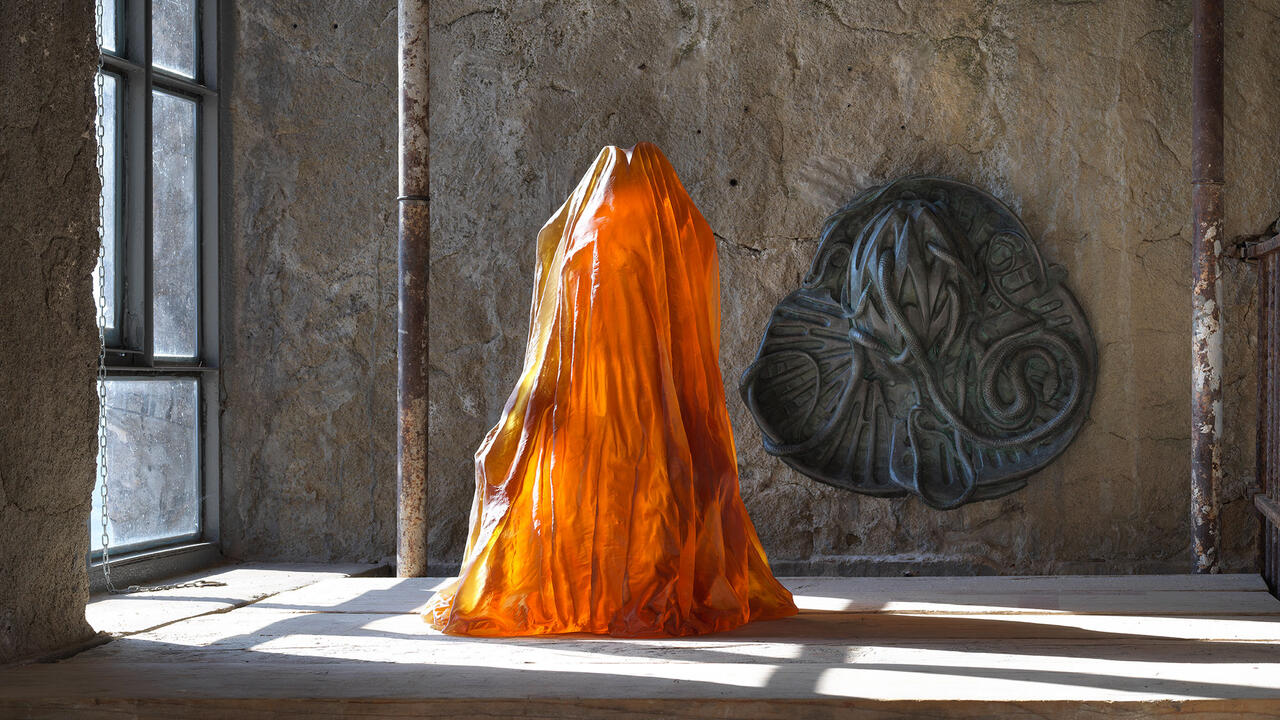A Spooky Feminist Reading List for Halloween
Nina Leger, Jenny Hval, Elvia Wilk and Sophie Mackintosh offer an eerie counterpoint to the traditionally male-dominated genre of weird literature
Nina Leger, Jenny Hval, Elvia Wilk and Sophie Mackintosh offer an eerie counterpoint to the traditionally male-dominated genre of weird literature

As I turn the opening pages of Nina Leger’s strange meditation on sex, The Collection (2019), which begins with a starkly literal and dispassionate description of an erect penis, I am gripped by its weirdness. The book follows its protagonist, Jeanne, as she engages in anonymous sexual encounters with men she meets on the streets of Paris. There is levity here (another erection is compared to unfurling paper flowers), but there is also eeriness. When Jeanne visits a sex shop in search of penises more ‘extra-terrestrial in form’ (neon-pink rabbit vibrators, ergonomic dildos with silicone studs), faint screams emanate from behind the doors of private booths drenched in crimson light. A quiet horror likewise accompanies her panic attacks and dizzy spells: one gloomy evening, Jeanne watches as a street sign, lit by the greenish glare of antique lamps, liquefies and cascades down into decaying leaves, eventually engulfing the pavement. In these moments, the world around her becomes molten and dissolves – along with her consciousness.
Historically, the genre of weird fiction was dominated by male writers. Today, however, a feminist strand has emerged that – while still drawing on the traditional tropes of weird literature, and incorporating elements of science fiction and fantasy – has a politics entirely divergent from the genre’s early male proponents. Jeanne’s insatiable libido and darkly comic fixation on grotesque penises in The Collection, for instance, defy the patriarchal archetype of female desire.

Similarly throbbing with chilling sensuality is writer and musician Jenny Hval’s Paradise Rot (2018) – which recounts the story of Jo, a young female biologist, embarking on a university course in a fictional Australian town. Jo moves into a renovated, and seemingly haunted, former factory with a girl named Carral. Between experimenting on spiders and watching episodes of Charmed, a 1990s television show about three teenage witches, the pair become attracted to each other, exchanging icy whispers under snow-white sheets late into the night. As lust creeps up on them, so does their environment: clusters of moss and fungi spill and flower over the mahogany interior. Embracing Carral in bed one night, Jo feels two stems pierce the membrane of her lover’s skin and burrow into her own flesh, ‘twisting and tangling’ around her spine. After a fleeting gush, the ‘stalks […] and veins spread through [her body] like a soft skeleton’. The unsettling, new intensity of Jo and Carral’s desire manifests as a disturbing external Other that binds them in its grasp.

Given the all-too-real possibility of planetary extinction, it’s no surprise that numerous writers are currently preoccupied with the environment. Elvia Wilk’s debut novel, Oval (2019), melds tropes of dystopian (or, more accurately, ‘reality-adjacent’) fiction with shades of satirical ennui, situating environmental catastrophe within a shimmering, corporatized Berlin art world. Wilk’s protagonist, Anja, is also a young biologist, who attempts to grow translucent pink roofs for eco-homes from cartilage cells. Much like the virulent ecosystem of Paradise Rot, Anja’s habitat also physically alters her. As the story progresses, she develops unusual rashes and a restless need to taxonomize everything, ultimately alienating herself on a deserted eco-mountain. In ‘Death by Landscape: The Weird Outside’, Wilk’s talk at the Serpentine Galleries in London earlier this year, she proposed that, if our traditional understanding of weird might be defined as the unknown other, then a ‘new weird’ could potentially ‘relocate the weird other from the outside to within’. In Oval, Anja’s familiar reality is, simultaneously, her eerie unknown.

Sophie Mackintosh’s short story, The Last Rite of the Body (2019), possesses this same disquiet. The tale opens with the death of the narrator’s ex-boyfriend, whose body then undergoes an unsettling funerary ritual. A group of (presumably) women, including the narrator and the deceased’s mother, gather to place their hands into his body and gently flay his skin. Interwoven throughout are glimmers of the narrator’s emotional past: at one point, her ex-boyfriend held her heart, but the last time she let him, his fingernails scratched the sides and his eyes widened ‘with what we used to call delight’. In a manner akin to her debut novel, The Water Cure (2018), Mackintosh transmogrifies real violence into dark fantasy with haunting elegance. The Water Cure explored the question: what if toxic masculinity were literally toxic? In The Last Rite of the Body, it seems, Mackintosh probes romantic noxiousness; the caressing and bruising of slimy viscera an allusion to our tangible emotional wounds. After pressing her ex’s orb-like, pulpy organ with her palm, the narrator covers a towel with wine-coloured smears. Later, during the funeral, she reminds herself: ‘I am enough.’

Nina Leger’s The Collection (2019) is published by Granta. Jenny Hval’s Paradise Rot (2018) is published by Verso. Her forthcoming novel, Girls Against God, will be released in November 2020. Elvia Wilk’s Oval (2019) is published by Soft Skull Press. Sophie Mackintosh’s The Last Rite of The Body (2019) appeared in Granta magazine. Her forthcoming novel, Blue Ticket, will be published by Hamish Hamilton in 2020.
Main image: Nina Leger, The Collection (detail), 2019. Courtesy: Granta




















